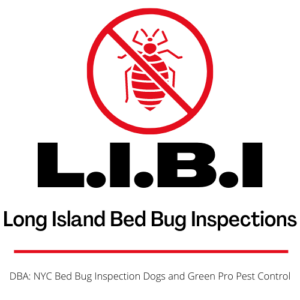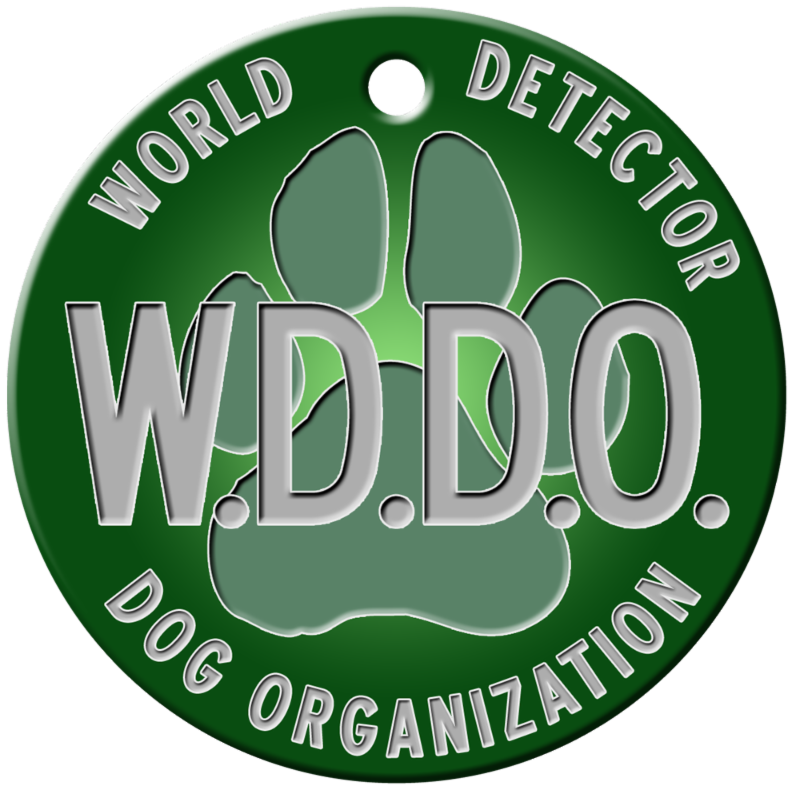Bed bugs are among the most unwelcome of household pests. Their small size, ability to hide in cracks and crevices, and astonishing breeding rates make them a persistent nuisance. Fortunately, modern pest control offers a variety of effective treatment methods for bed bug elimination.
Heat treatment, chemical treatment, and biological treatments stand out as the three most popular and widely used methods for the eradication of bed bugs. But how do these methods differ from one another, and what are the advantages and disadvantages of each?
Heat Treatment
The impact of heat on bed bugs has been understood for hundreds of years, but it wasn’t until the early 21st century that it began to be harnessed as a way to treat homes and businesses for infestations. Also known as thermal remediation, heat treatments use high temperatures to kill bed bugs at all stages of their life cycle.
During the process, pest control experts use custom heaters to raise the ambient temperature of an infested area to between 120ºF and 140ºF. Prolonged exposure to these temperatures kills bed bugs and their eggs, with the heat penetrating into mattresses, furniture, walls, and carpets where bed bugs typically hide.
Advantages:
-
Chemical Free – Heat treatment is entirely non-toxic and doesn’t rely on pesticides to kill bed bugs. This makes it safe for homes with pets, children, and elderly family members.
-
Comprehensive Results – When properly applied, heat penetrates deep into voids in the wall ensuring even hidden bed bugs are eliminated.
-
Quick Results – A properly conducted heat treatment can eradicate an infestation in a single session.
Disadvantages:
-
Cost – Heat treatments are generally more expensive than chemical sprays due to the specialized equipment and labor involved.
-
No Residual Protection – While heat treatment can successfully eliminate an infestation there is no lasting effect. If bed bugs are reintroduced, they can re-infest the home.
Chemical Treatment
Chemical treatment remains the most traditional, and widely used, method for bed bug control. In involves the use of professional grade insecticides to eliminate an infestation. Pest control teams will typically use a combination of sprays, dusts, and aerosols to bed bugs in the nymph and adult stages.
Advantages:
- Affordable and Accessible – Chemical treatments are usually less expensive than heat treatments. They are also more commonly available as a standard treatment option from pest control companies throughout the country.
- Residual Protection – Many insecticides remain active for weeks, killing bed bugs that come into contact with treated areas after the initial application.
Disadvantages:
- Resistance – Over time bed bugs have developed a resistance to many common pesticides, reducing the effectiveness of some chemical treatment options.
- Health Concerns – Certain chemicals can irritate the skin or trigger allergies if not properly applied. This can be a concern for children, the elderly, or the immunocompromised.
- Requires Multiple Treatments – Bed bugs and their eggs can sometimes survive an initial chemical treatment, requiring subsequent visits to fully eliminate an infestation.
Biological and Eco-Friendly Treatments
Biological treatments rely on natural non-toxic agents to control bed bug populations. Often referred to as Eco-friendly treatments, these methods include bio-pesticides, essential oils, and microbial treatments to kill or repel the pests.
The most popular Eco-friendly treatment uses Beauveria bassiana, a naturally occurring fungus that infects and kills bed bugs on contact. Other nature-based methods include steam treatments, diatomaceous earth, and plant-based oils such as neem, peppermint, or clove oil.
Advantages:
- Non-Toxic – Biological treatments are ideal for sensitive environments such as hospitals, schools, and homes with pets or children
- Sustainable – Eco-Friendly treatments are better for the environment and avoid the use of chemicals in living spaces.
Disadvantages:
- Slower Results – Bio-pesticides typically take longer to eliminate bed bugs than either chemical or heat treatments.
- Limited Residual Effect – Some natural products will degrade quickly, requiring multiple applications to achieve and maintain results.
- Variable Effectiveness – The efficacy of biological and Eco-friendly treatments varies, and results depend on the severity of the infestation and the quality of the product or application.
Integrated Pest Management
Many pest control professionals use a combined approach to bed bug elimination. This strategy combines heat, targeted chemical applications, vacuuming, encasements, and Eco-friendly products for a more comprehensive and long-lasting solution. By emphasizing monitoring and prevention it becomes easier to keep bed bugs from returning.
There are pros and cons to any approach to bed bug control. While heat offers a fast, chemical-free solution is can be cost-prohibitive. Traditional chemical-based treatments are more affordable, and offer residual protection beyond what heat and Eco-friendly options can provide.
Ultimately, the best method will depend on the severity of the infestation, your budget, and your personal preferences. Consulting a licensed pest control professional is the most reliable way to identify the right strategy for your situation and to ensure that bed bugs are eliminated for good.
Published by Scott Palatnik
We are Bedbug Inspection & Elimination specialists.
From Manhattan to Montauk and all points in between.
Got questions?
We got answers.
Give us a call @ 516-619-6149


